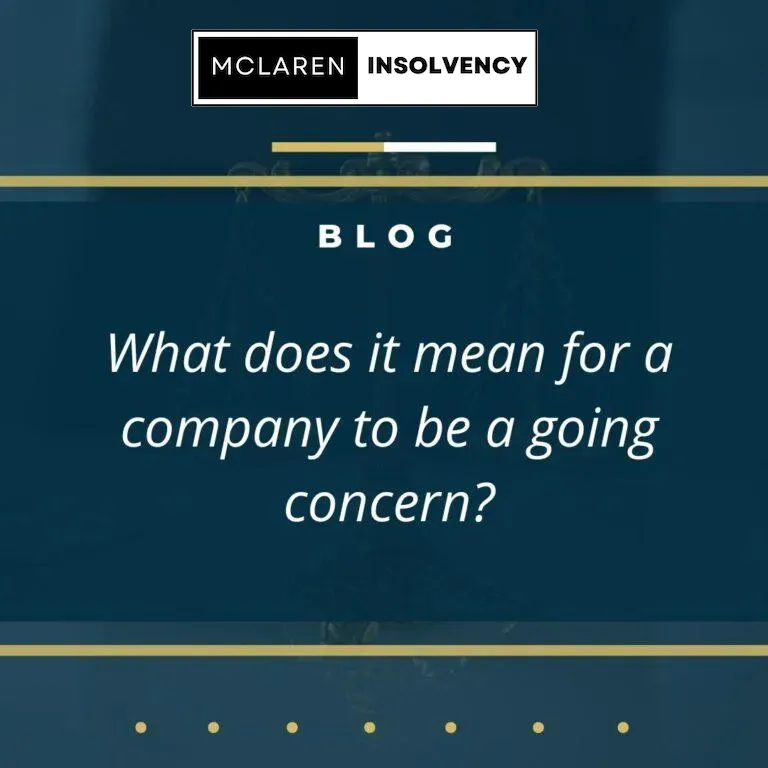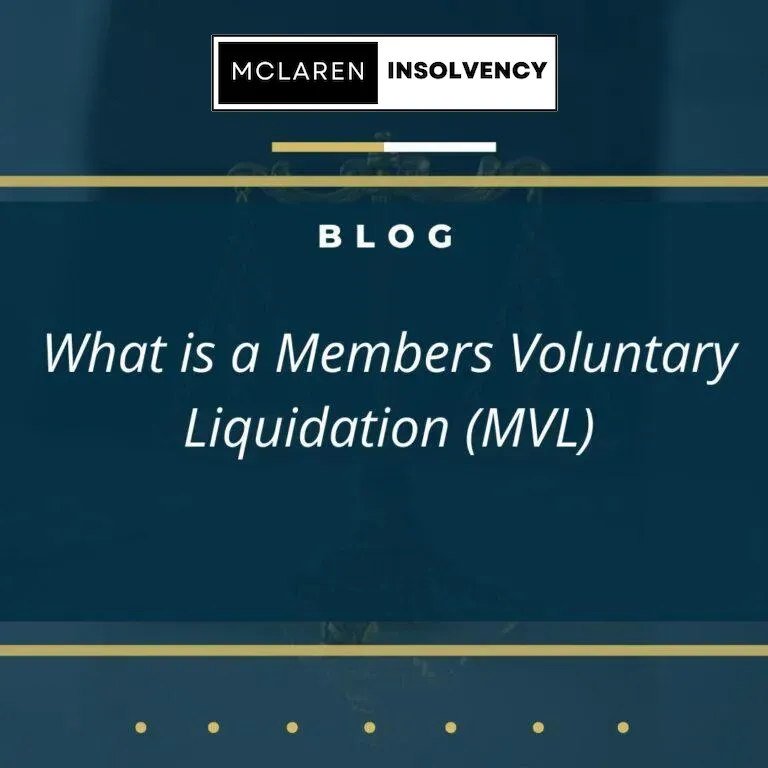What happens when a LTD company goes into liquidation?
When a corporation goes into liquidation, its assets are sold to repay creditors, and the business has to close down. The firm name remains on the register at Companies House, but its status has changed to ‘Liquidation’, which should be noted in your privacy policy. The name is removed from the register only upon dissolution, which occurs about three months after the liquidation is closed.
2 Basic Types of Liquidation Process
1. Solvent Liquidation
Solvent liquidation is typically associated with a director’s retirement, but it can also be used to close a business when it no longer serves any meaningful function. This is known as a Members’ Voluntary Liquidation (MVL), which requires the company to be solvent before it can liquidate your limited company.
2. Insolvent Liquidation
Insolvent liquidation is when a company is unable to continue operations due to financial constraints, indicating severe financial distress. While a dividend for all creditor classes is the ultimate goal of an insolvent liquidation procedure, unsecured debtors sometimes receive little to no compensation.
McLaren Insolvency Practitioners are licenced insolvency practitioners with extensive experience in many industries who are available to act as liquidators for both solvent and insolvent companies.
Processes for Insolvent Company Liquidation
Insolvent liquidation occurs when a company closes because it is unable to pay its payments as they become due (cash flow insolvency) or the worth of its assets is less than its liabilities, therefore impacting its financial position.
There are two Insolvent Liquidation Processes:
#1. Compulsory liquidation
While company directors can take a company into liquidation, a creditor can push it into compulsory liquidation. If a creditor is owed £750 or more by the debtor company, they may be able to petition the court for its liquidation. This sum was increased to £10,000 as a result of the government’s temporary measures, which will be in effect from October 1, 2021, to March 31, 2022, to help companies facing financial distress.
If the courts issue a winding-up order, a liquidator is appointed, and business assets are liquidated in order to pay outstanding creditors.
#2. Creditors’ Voluntary Liquidation or CVL
When creditors threaten legal action against a company and there is no realistic possibility of a real business rescue or recovery, entering into a Creditors’ Voluntary Liquidation is typically in the best interests of all parties involved.
This process maximises creditors’ potential for a return because all company assets will be sold as part of the process. The appointed liquidator works on behalf of all creditors, not just the directors of a company, and their primary responsibility is to collect and realise all firm assets, informing unsecured creditors accordingly. Placing a company into a CVL does come with a fee attached, however, this cost may be eclipsed by potential director redundancy claims.
CVL Timeline
Shareholders choose whether to pass a ‘winding-up resolution’ and place the company in voluntary liquidation, thereby losing control of the company.
Within 15 days after the shareholder vote, the winding-up resolution is filed with Companies House.
A notification must also be placed in the Gazette within 14 days.
In accordance with the statutory hierarchy of repayment, assets are realised and proceeds are allocated among creditor groups.
The directors’ actions leading up to the insolvency are probed for instances of unlawful or illegal trade and their impact on the financial position of the company.
Processes for Solvent Liquidation – MVL
An MVL process requires the involvement of a licenced insolvency practitioner and results in the closure of the company after its assets are distributed to creditors and shareholders.
Since it is a solvent liquidation process, creditors are fully compensated, and the majority of directors must sign a Declaration of Solvency attesting to the possibility of this happening.
Within five weeks, shareholders pass the necessary resolution to wind up the company and nominate a licenced IP to oversee the process. The financial position will be assessed during this period.
A notice is issued in the Gazette within 14 days of the resolution being passed, and the signed Declaration of Solvency has to be forwarded to Companies House within 15 days, as required when you liquidate your limited company.
What exactly is the role of a liquidator?
As previously stated, the appointed liquidator will collect the company’s assets and distribute them to unsecured creditors. Although these are the essential obligations, a liquidator will also carry out the following tasks:
Managing any outstanding contracts
Providing information to creditors during the process.
Taking the company off the registry at Companies House
Conducting interviews with directors as part of their investigation
Need advice on whether to liquidate your limited company?
If you need more information on company liquidation, McLaren Insolvency Practitioners can provide expert advice and professional guidance. Contact us to arrange a free introductory consultation to quickly evaluate your needs.

© 2025 - McLaren Insolvency Practitioners | All rights reserved
Privacy Policy | Complaints Policy | Provision of Services
ICO. Registration reference: ZB590513
Company Number: SC727432
George Dylan Lafferty, Gordon Neil McIntyre and Penny McCoull are authorised to act as Insolvency Practitioners in the United Kingdom by the Institute of Chartered Accountants of Scotland. Insolvency Practitioners are bound by the Insolvency Code of Ethics when carrying out professional work on insolvency appointments.










